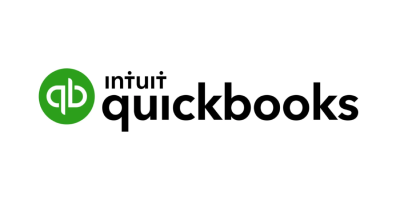Low-code for Financial Services
Thanks to low-code technology, financial institutions can create compliant financial applications at a fraction of the time and cost of traditional development. Betty Blocks offers a comprehensive application platform for building, customizing, and augmenting financial service software.






.png)





